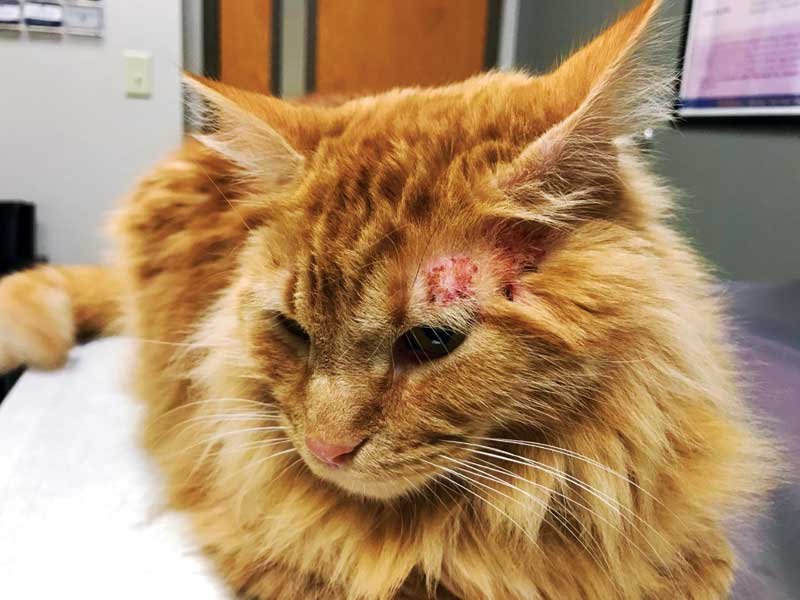Amidst the joy of feline companionship, an unseen threat lurks—fleas and ticks. These tiny intruders pose significant risks to your cat’s well-being, beyond being mere nuisances. Fleas, wingless insects feeding on blood, and ticks, arachnids attaching to the skin for blood meals, are common parasites that can cause discomfort and potential health issues. In this guide, we’ll unveil the dangers these minuscule adversaries present and provide effective prevention and treatment strategies to ensure your beloved cat stays safe and sound from the challenges of fleas and ticks.
Understanding the Risks:
- Flea Allergy Dermatitis (FAD): Picture this – a single flea bite triggering an allergic reaction in your cat. Flea saliva, the culprit behind the mischief, can lead to Flea Allergy Dermatitis, causing severe itching and discomfort. Recognizing the signs early can make all the difference.

- Anemia: Fleas sustain themselves by feasting on your cat’s blood. In severe infestations, particularly in vulnerable cats, the loss of blood can result in anemia. Regular checks become crucial, especially for kittens, elderly cats, or those with compromised health.
- Disease Transmission: Fleas, the unsuspecting carriers, can transmit parasites like tapeworms and infectious diseases such as Bartonellosis. Understanding this risk underscores the importance of proactive measures.
- Lyme Disease: Ticks, those stealthy creatures, can transmit Lyme disease, a bacterial infection causing fever, joint pain, lameness, and kidney problems in cats. Vigilance in tick-prone areas becomes paramount.
- Anaplasmosis and Ehrlichiosis: An array of tick-borne diseases, including anaplasmosis and ehrlichiosis, can wreak havoc on your cat’s health, affecting the blood, organs, and overall well-being. Knowing the enemy aids in effective defense.
- Tick Paralysis: Some ticks release toxins while feeding, leading to paralysis in cats. This alarming condition demands immediate attention, making swift tick removal imperative.

Proactive Prevention and Treatment
- Flea and Tick Preventatives: Your veterinarian is your ally in the battle against fleas and ticks. Explore safe and effective preventive options such as topical treatments, oral medications, or flea collars with Insect Growth Regulators (IGR).
- Regular Veterinary Check-ups: Routine vet visits are your cat’s health checkpoints. These appointments help monitor your cat’s well-being and allow your vet to recommend tailored preventive measures based on individual needs.
- Environmental Control: Your cat’s living space is their sanctuary. Keep it pristine by regular vacuuming to eliminate flea eggs and larvae. Laundering bedding and toys adds an extra layer of protection against reinfestation.
- Outdoor Safety Measures: If your cat enjoys outdoor adventures, exercise caution in areas with tall grass or dense vegetation where fleas and ticks thrive. Post-adventure checks for parasites are a simple yet effective practice.
- Tick Removal Expertise: Discovering a tick on your cat necessitates careful removal with fine-tipped tweezers. Precision is key to ensuring the entire tick is extracted, followed by a gentle antiseptic cleanse.
- Vaccination Considerations: In regions where tick-borne diseases prevail, engaging in a conversation with your vet about vaccination options adds an extra layer of defense.
A Final Word
As cat parents, our primary duty is to ensure the safety and well-being of our feline companions. The perils of fleas and ticks may be small in stature, but their impact can be monumental. By embracing proactive prevention and seeking professional guidance, you’ll fortify your cat’s defenses, ensuring they lead a life free from the threats posed by these tiny adversaries. Remember, a vigilant and caring guardian is a cat’s best line of defense.

